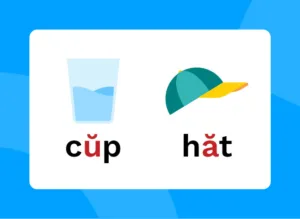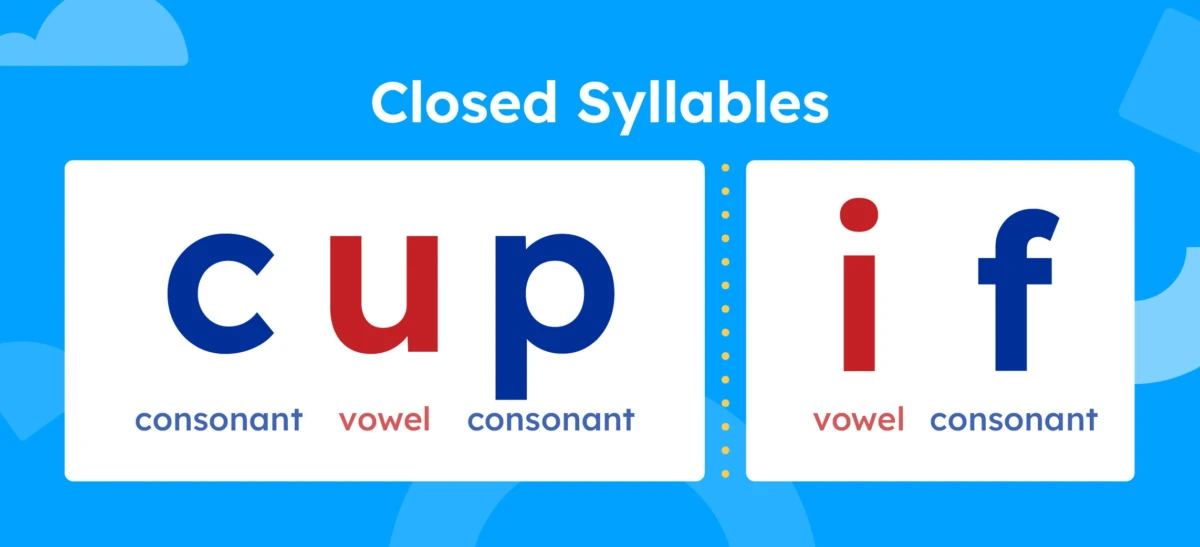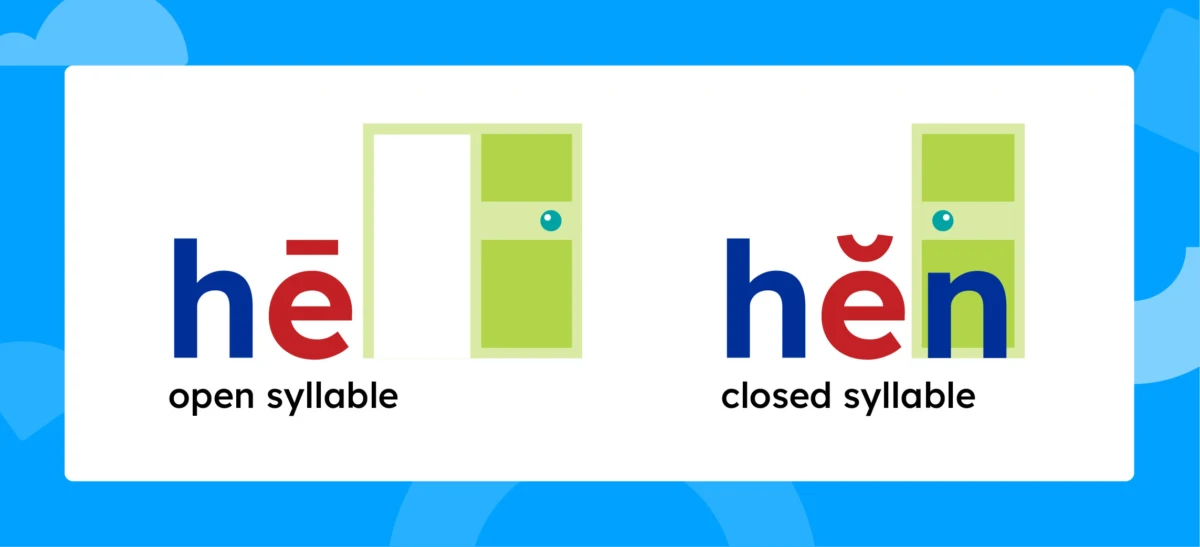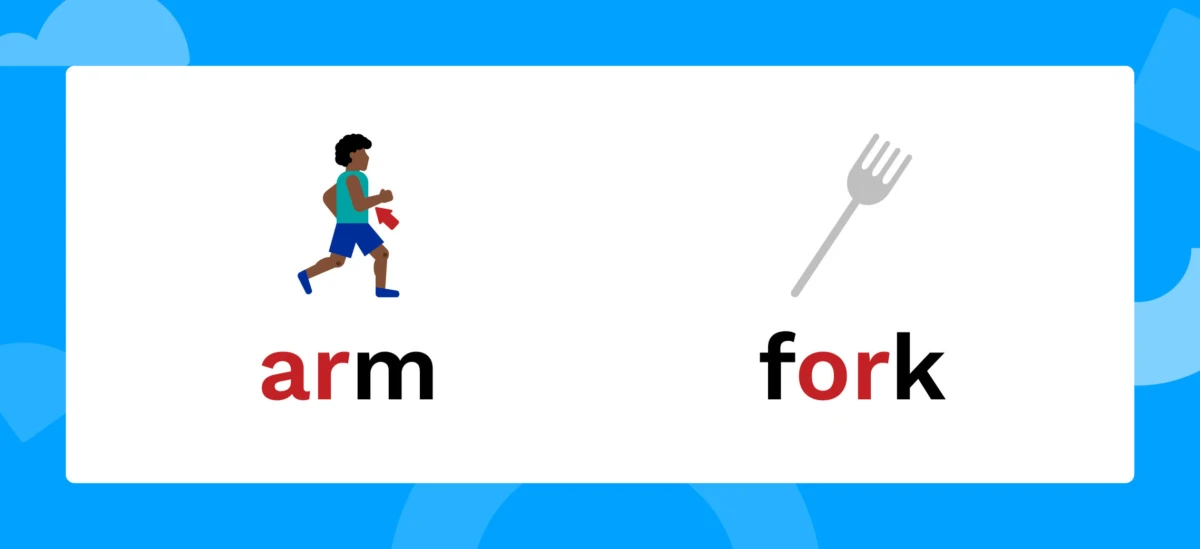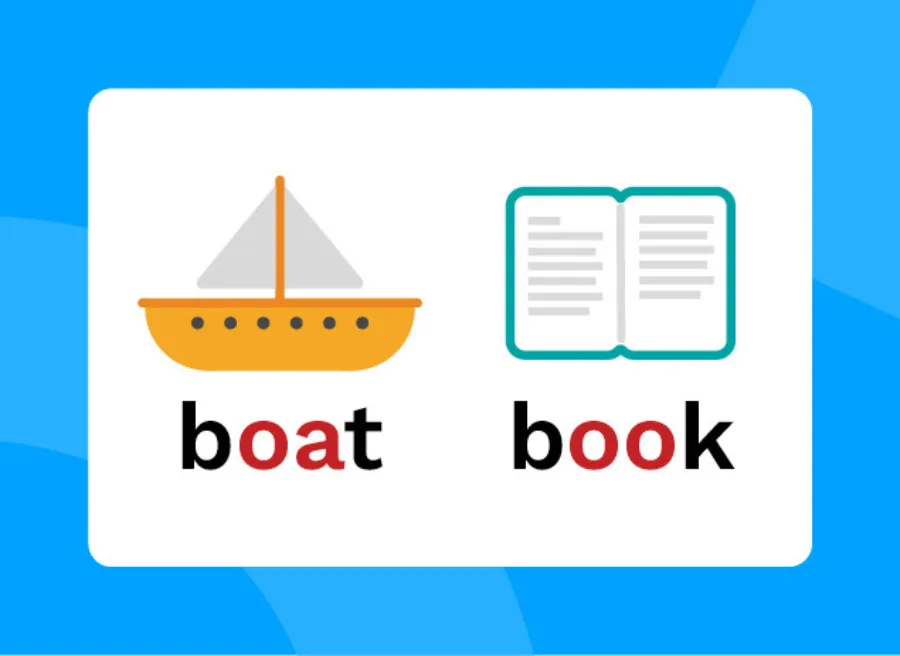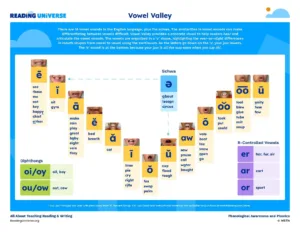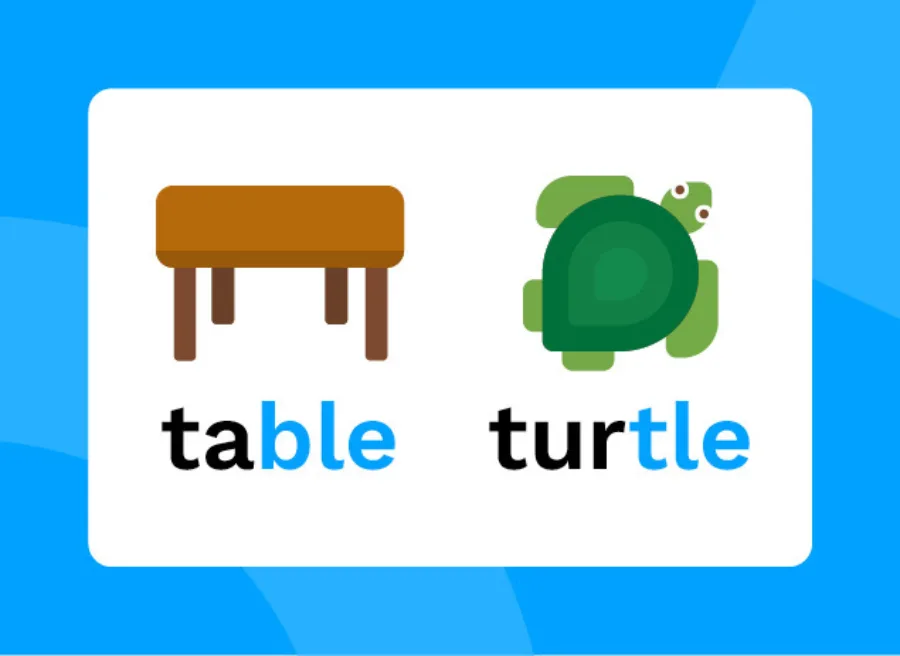Syllable Types: A Quick Introduction
Parareading Course 2: Phonics for Paraprofessionals

Closed Syllable Flash Cards
Let's Watch! DeAngela Huggins, a reading specialist at Burgess-Peterson Academy in Atlanta, helps her students practice recognizing open and closed syllables with her students. She reminds them that it’s important to understand the difference so that you know if the vowel makes its long sound or its short sound.

Hide Video Transcript
Show Video Transcript
DeAngela Huggins: Open or closed syllables?
Students: Open.
DeAngela Huggins: Open. So if it's open, Georgia, what's the sound of our vowel?
Georgia: /ō/ ...
DeAngela Huggins: /ō/ ... Now let's read our syllable together. It is ...
Students: /bō/ ...
DeAngela Huggins: What is it?
Students: /bō/ ...
DeAngela Huggins: Then we have open or closed?
Students: Closed.
DeAngela Huggins: Closed. What's the sound of our vowel?
Students: /ă/ ...
DeAngela Huggins: And let's read it.
/lăs/ ...
Students: Plus how, why is it important to know that if it's open or if it's closed? Why do we need to know that? Why don't we even care? Leona?
Leona: Um, if we know if it's open or closed, then we know if it makes its long sound or its short sound.
DeAngela Huggins: And that helps us to do what?
Leona: Read and write.
DeAngela Huggins: Very good. It helps us to read and write the words. So what was our syllable? Let's go ...
Students: /lăs/ ...
DeAngela Huggins: /lăs/ ... Very good.
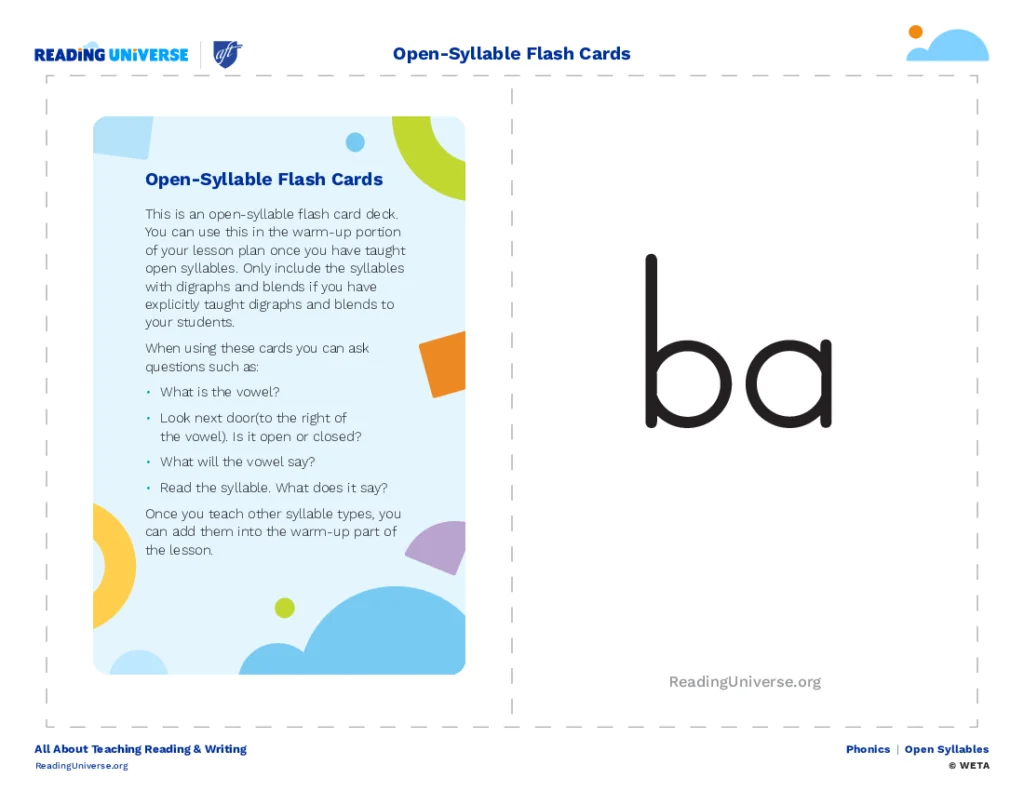
Open Syllable Flash Cards
Let's Watch! Kimberley Schneider at Shull Elementary in California explains a way to remember the magic 'e' pattern: the ‘e’ at the end of the word jumps backward over one consonant and makes the vowel “stand up tall and say its name.”

Hide Video Transcript
Show Video Transcript
Teacher: So when we see silent 'e' at the end of a word and he is one letter away from our vowel, he makes that vowel stand up tall, say its name. I like to make a rainbow. I'm going to remind myself that he is one letter away from the vowel. He's no longer short 'a'. He's long 'a'. Everybody tell me what does long 'a' say?
Students: /ă/
Teacher: Good job. All right, but it's not just with 'a'. I'm going to erase that. I'm going to show you. I'm going to do vowel 'i'. All right. When silent 'e' is one letter away from vowel 'i' he makes 'i' stand up to say his name. What does long 'i' say?
Students: /ī/
Teacher: Good job.

Magic ‘e’ Flash Cards with Pictures
Let's Watch! Morgan Walton demonstrates hand motions that can help students remember the sounds for the r-controlled vowels. For instance, she points to her arm for the ‘ar’ pattern.

Hide Video Transcript
Show Video Transcript
Morgan Walton: These are the motions we use to help students remember r-controlled vowel sounds ... /ar/, arm; /er/, bird; /or/, horn.

R-Controlled Vowel Flash Cards with Pictures

Vowel Team Flash Cards with Pictures
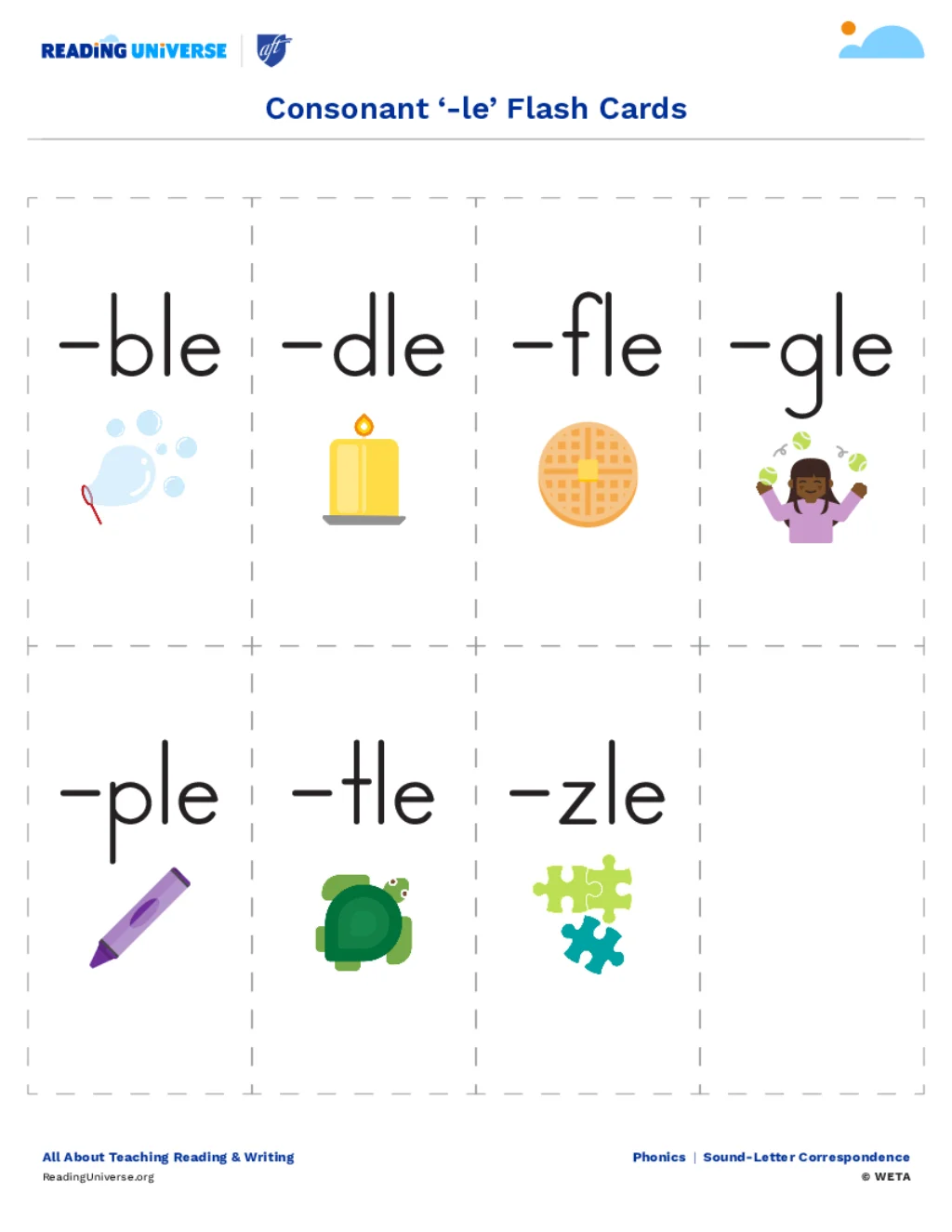
Consonant ‘-le’ Flash Cards with Pictures
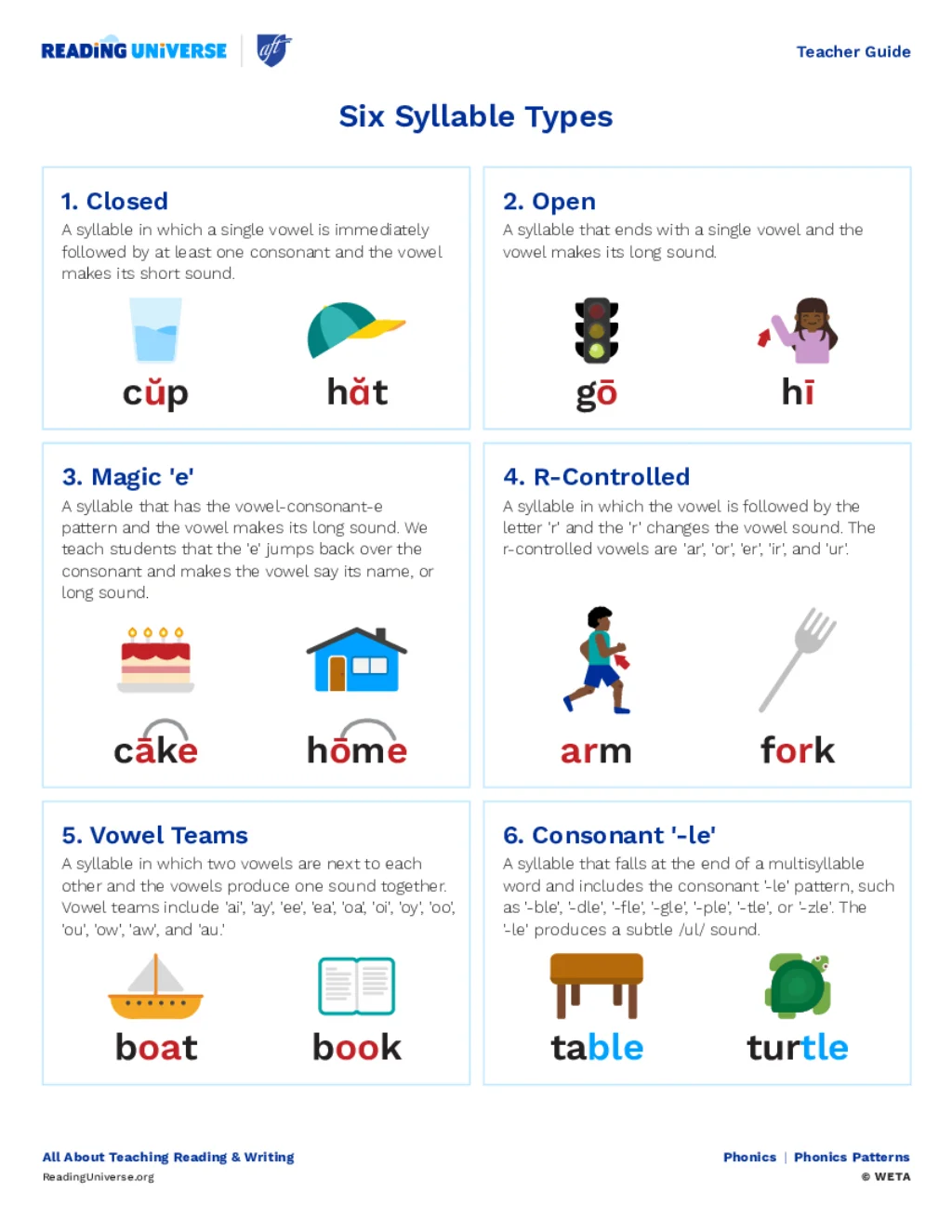
Six Syllable Types
Download our free teacher’s guide on the six syllable types.
Download our free teacher’s guide on the six syllable types.

